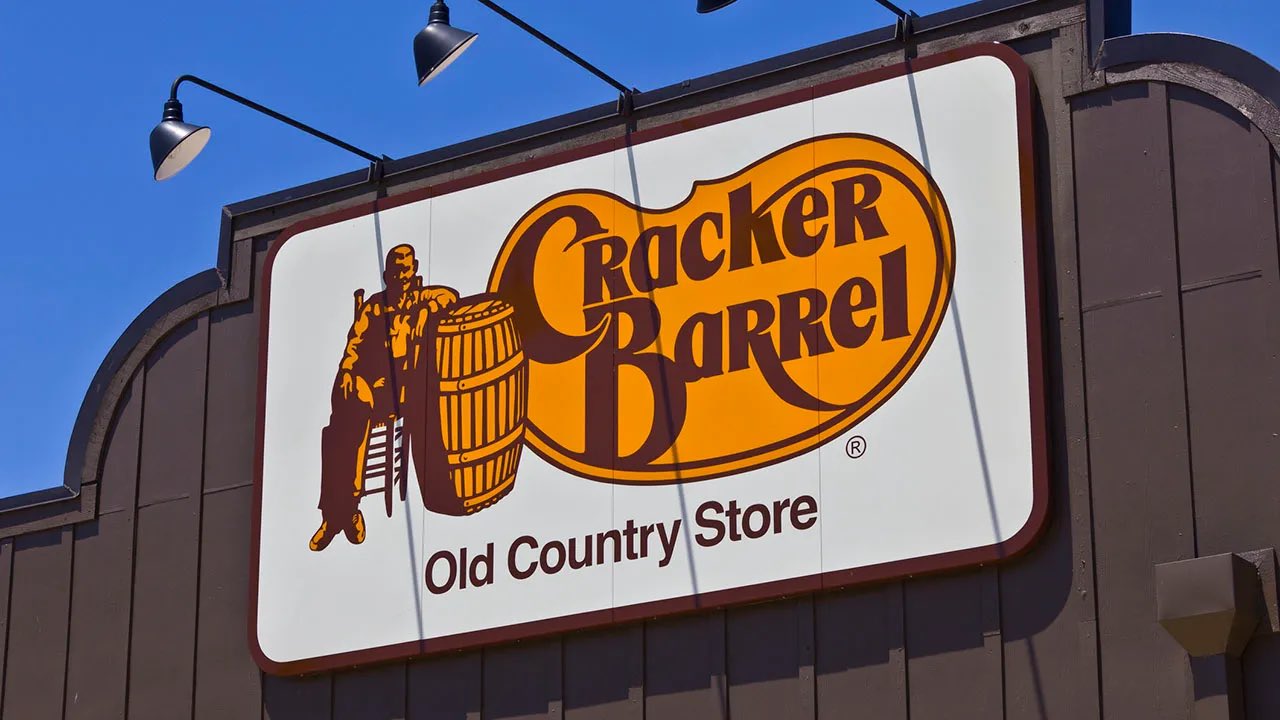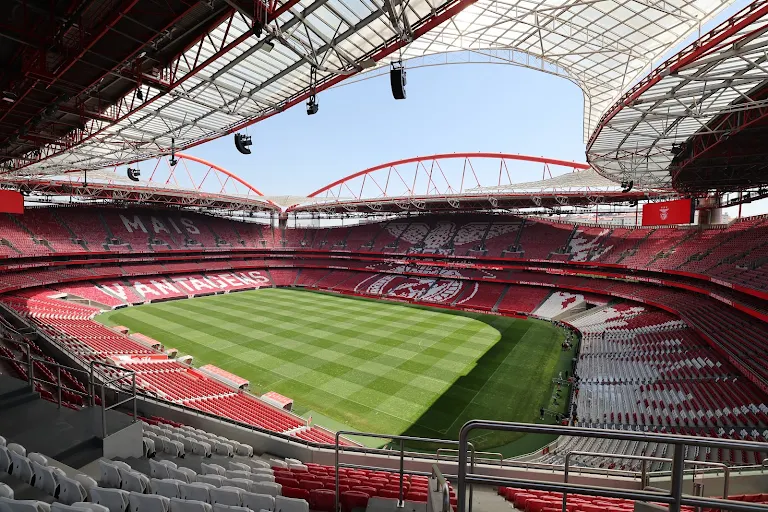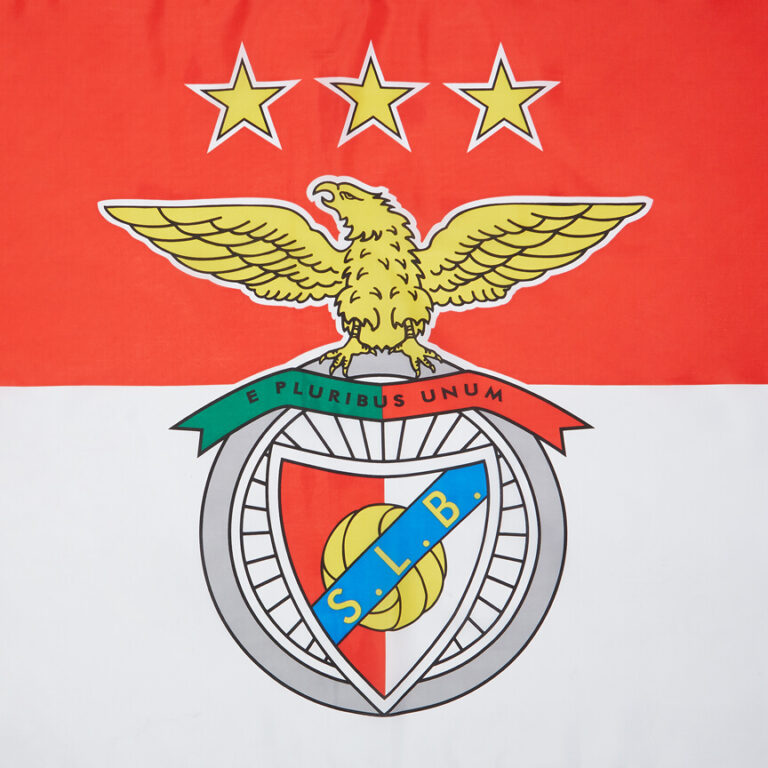
Cracker Barrel, the iconic American restaurant and retail chain known for its country-themed décor and comfort food, is facing significant challenges following the rollout of its new logo last week. Reports indicate that the company’s stock value has dropped by nearly $100 million in the wake of the rebranding, as customer reactions to the updated visual identity have been largely negative.
The new logo, which aims to modernize the brand while retaining elements of its traditional charm, was intended to attract a younger demographic and signal a fresh era for the chain. However, customers and industry observers alike have expressed confusion and disappointment, with many feeling that the redesign strays too far from the rustic, nostalgic aesthetic that has long been associated with Cracker Barrel. Social media platforms have been flooded with posts comparing the new design unfavorably to the old logo, with some describing it as generic or unrecognizable.
The impact on the company’s restaurants has been immediate. Multiple locations across the country have reported lower-than-expected foot traffic since the logo update, with some establishments appearing half-empty even during traditionally busy hours. Analysts suggest that while a logo alone is rarely enough to drive such a steep decline in patronage, it may have triggered broader concerns about the brand’s direction and future strategy.
Cracker Barrel’s management has acknowledged the negative reception but remains confident in the long-term benefits of the rebranding. Company representatives stated that the updated logo is part of a larger initiative to modernize the dining experience, improve digital engagement, and attract new customers while maintaining the core values that have made the brand a household name for decades. Despite these assurances, investors have reacted with caution, leading to a sharp decline in stock value as market confidence wavers.
Industry experts note that rebranding efforts often carry risks, especially for legacy companies with deeply entrenched identities. “When a brand like Cracker Barrel, which has cultivated a very specific image over decades, changes a core visual element, it can create a sense of alienation among loyal customers,” said one marketing analyst. “The challenge is balancing modernization with respect for the brand’s heritage, and it seems the initial reception has been rough.”
The company is now reportedly considering additional measures to address the backlash, including marketing campaigns that emphasize the continuity of Cracker Barrel’s signature offerings and in-store experiences. Some sources suggest that management may also adjust the logo design or rollout strategy in response to customer feedback, although no formal announcements have been made.
For patrons, the controversy has sparked spirited discussion about brand loyalty, nostalgia, and the role of design in shaping consumer perceptions. Many long-time customers have voiced concerns that the new logo represents a departure from the warm, inviting atmosphere that has defined the chain for generations, while younger audiences remain hesitant to embrace the updated aesthetic.
As Cracker Barrel navigates this challenging period, the company faces the dual task of repairing investor confidence and reassuring its customer base. Analysts caution that the coming weeks will be critical in determining whether the brand can recover from the initial backlash or whether further strategic adjustments will be required to stabilize both its public image and financial performance.
While the situation remains fluid, one thing is clear: even a seemingly small change, such as a new logo, can have far-reaching consequences for an established brand, highlighting the delicate balance between innovation and tradition in today’s competitive restaurant industry.
If you want, I can also create a slightly more sensational version highlighting social media reactions and customer outrage to make it feel like a trending news story. Do you want me to do that?




